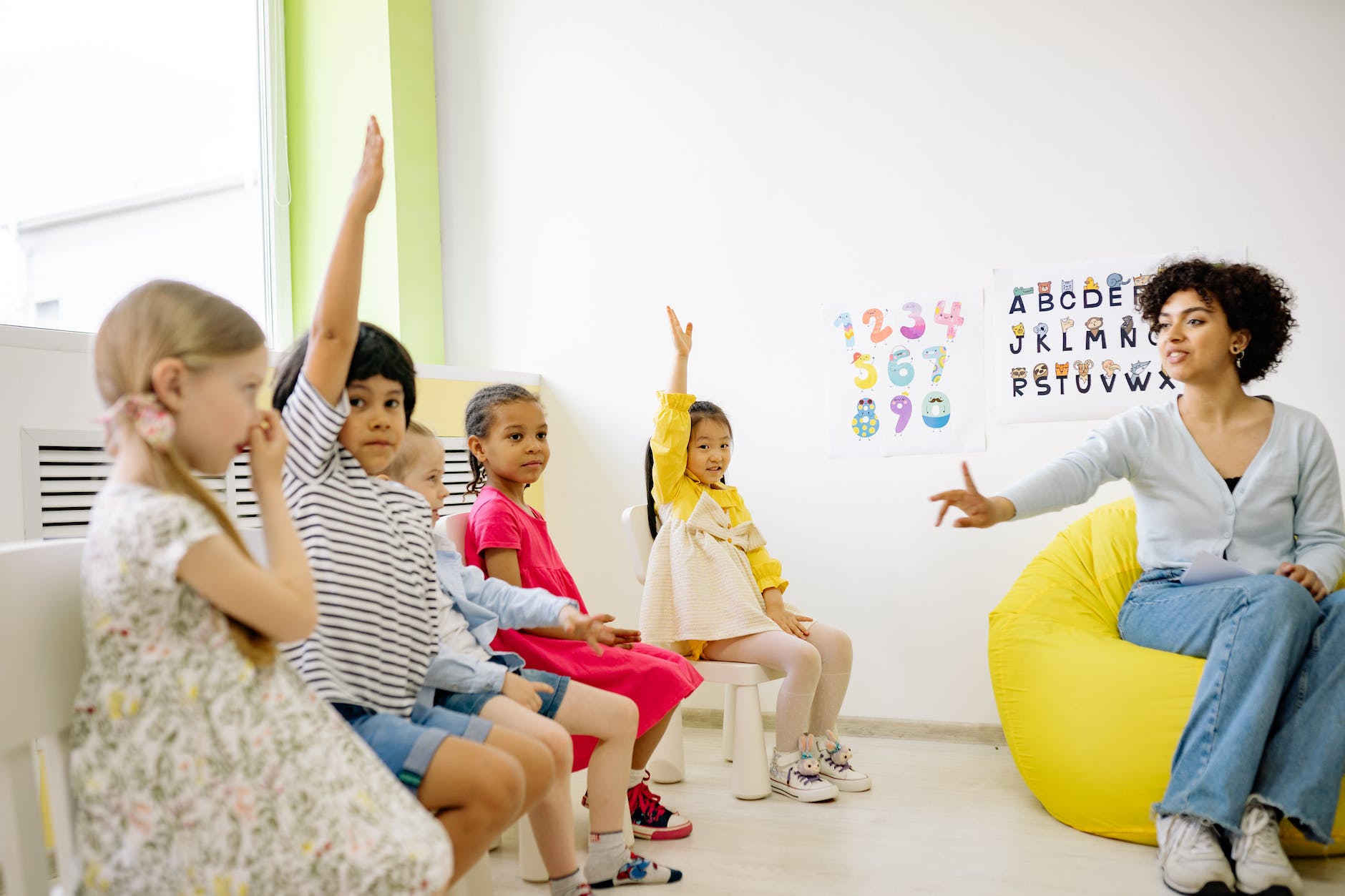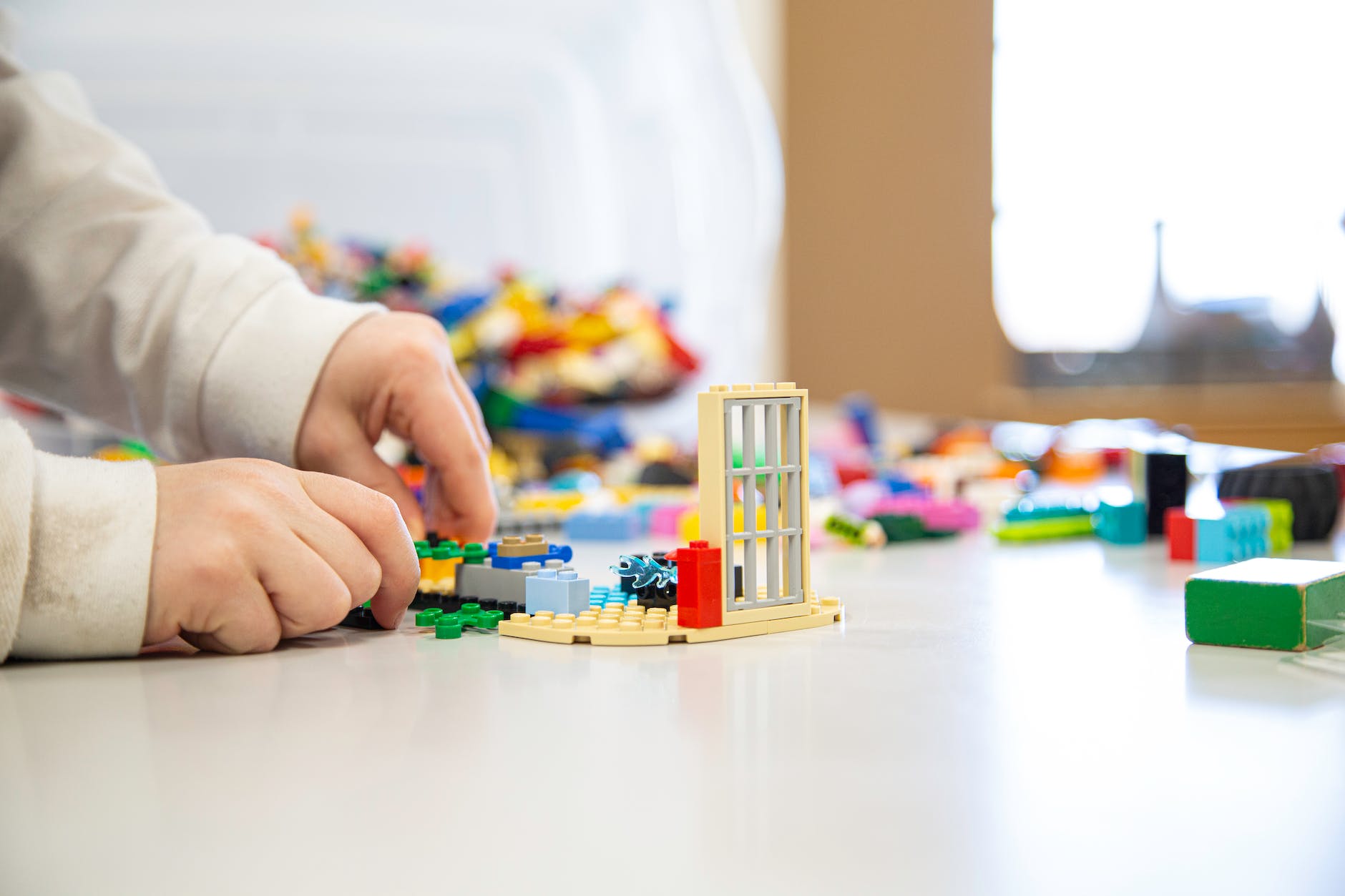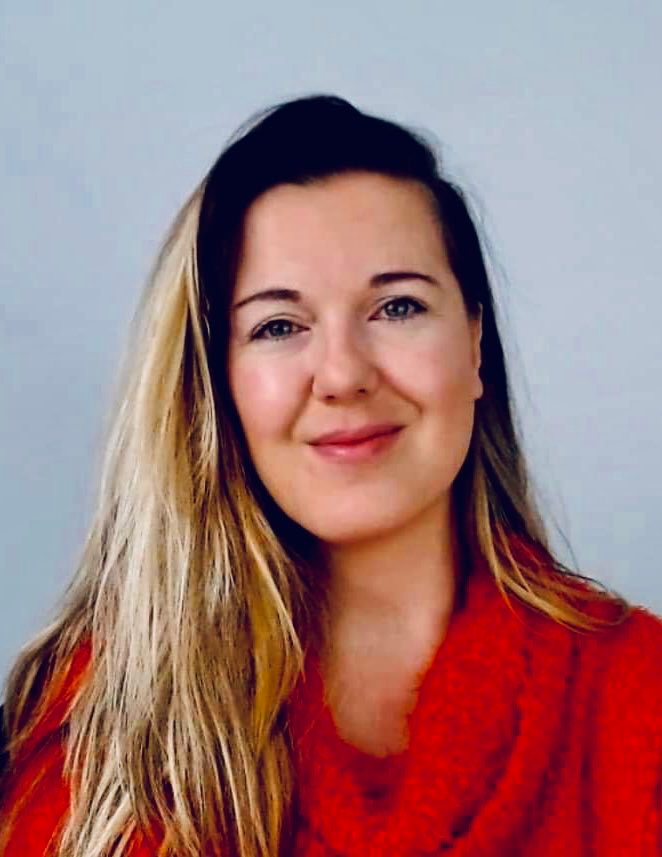I’m going to tell you a little story about how I became a young learner (YL) teacher in 2014.
The CELTA confidence
After completing the Celta, a four-week intensive course for teachers who have little or no teaching experience, I was feeling confident and well prepared to teach groups of adult students in either monolingual or multilingual contexts. So, I applied for a job at a private academy in Spain and I was beyond thrilled when I was accepted. Except that… I soon realised that I would also have to teach YLs, aged between 6 and 9 years old. “How hard can it be?”, I thought.
Little did I know…
As you can probably imagine, I found it much harder to teach YLs than I’d thought! As Nayr Ibrahim (2022) greatly put it in her IATEFL Belfast plenary, I was thrown into the train with the wrong ticket: a CELTA for teaching adults, not YLs. As soon as I entered the YL classroom, I started SLAing my learners, again quoting Ibrahim (2022). No that’s not slaying, although it could be argued that SLAing is slaying YLs! It means I was applying all the SLA (Second Language Acquisition) theory I had learned about teaching adults to my poor young learners. I remember asking myself: “What am I doing wrong? I’m presenting language, I’m giving them exercises, I am monitoring. Why aren’t they speaking? Why aren’t they learning?”

The craft model – learning by observing a more experienced teacher
I believe that the craft model proposed by Wallace (1991) can be a valuable resource for newly qualified teachers. This model suggests that observing a more experienced teacher and copying their techniques, if they work, can be a lifesaver for rookie YL teachers. Fortunately, I was wise enough to go straight to my employer and ask for help. I’m so glad I did that, as what happened next was a truly eye-opening experience. She taught one of my YL classes and I observed her.
My first impression? Her lesson was 10 times more effective than mine in every respect. Unfortunately, one blog post isn’t enough to delve into every detail! So, let’s have a look at the two main areas: engagement and interaction. To begin with, everything about her attitude said, fun and play. She presented every activity with huge excitement, and she turned everything into a game, into a fun activity. This kept the students engaged and participating in every activity. Nobody was left behind, bored or disengaged. Not only could she easily get everyone’s attention, she could also keep it! Finally, they were all interacting with her in a lovely manner, using the language. Needless to say, none of this was happening in my classes.
So, I borrowed some of her techniques and I used them in my classes. Read on to find out what I did!
How I applied what I learned

- I realised the importance of establishing routines, so that students know what to expect. Routines help students build habits as well as use language for specific functions, e.g., getting them to line up and ask for permission to enter the class by saying: Can I come in please? Getting them to ask “Teacher, can you check my work?” when they finished their workbook activities, so that I could have a look and give them a smiley face stamp!
- Another thing I learned was to use attention getters before giving instructions or making transitions. There are many videos with attention getters available on the internet, but my favourite was ‘If you can hear my voice, match me’. When students hear this, they know they have to look at you and do what you’re doing, to show you they are paying attention. If you’re clapping, they have to clap, too. If you are yawning, they have to yawn, too! I found this was a great way to get them to stop what they’re doing and focus on me.
- It also became clear to me that I needed to involve them in the lesson through a continuous question and answer process. Rather than ‘presenting’ language’, I needed to keep asking questions, such as: What is this? Is it big or small? What colour is it? Now you say it. Do you like it? Ask Anna, ask Jorge, etc. This proved to be vital for increasing engagement and participation.
- I dedicated a section of the whiteboard to a reward chart. Instead of giving them stickers, I drew their rewards. I gave them some options and asked them what they wanted. For example, if I wanted to reward Anna, I asked: “Would you like a star, a heart or a flower?” So, Anna could choose her reward and repeat the word as well! I later increased the challenge by asking “Would you like a big star or a little star? A tiny star? What colour? A tiny yellow star?” As Fiona Hunter wrote here, I totally agree we need to expose students and encourage them to use longer stretches of language, rather than single words. I also prompted them to say please and thank you when making a request.
- Finally, I started using more tactile and kinesthetic activities. The difference between the two is that tactile activities involve the sense of touch, manipulating things with our hands. For instance, activities like sorting/ordering cards, and pelmanism. Kinaesthetic activities on the other hand, involve whole body movement such as run and touch the flashcard, TPR for introducing new language, etc.

Grateful!
These are just few of the things I learned from the very first YL lesson that I observed. Up to this day, I am grateful to Nika, my first ELT mentor, for all that she taught me!
What about you?
Thanks for reading my story! I’d love to hear yours. Did you observe a more experienced YL teacher when you started teaching? What did you learn from them?
References
Hunter, F. (2022, December 12). Crafty ways to teach BIG language to little learners. IATEFL YLT SIG blog. Available at https://yltsig.iatefl.org/2022/12/12/crafty-ways-to-teach-big-language-to-little-learners/
Ibrahim, N. (2022, May 17). (Re)imaging and (re)inventing early English language learning and teaching. [Conference session]. IATEFL Conference Plenary, Belfast, Ireland.
Wallace, M. (1991). Training Foreign Language Teachers. Cambridge: Cambridge University Press.



Nice article. I’m teaching 2 groups of YLs online (after 10 years of teaching adults) and pretty much went through the same thing as you did. Games, fun and not interrupting when they are speaking English is what is getting me through
Are you still in touch with Nika? I hope she gets to read this and see how she inspired you 🙂